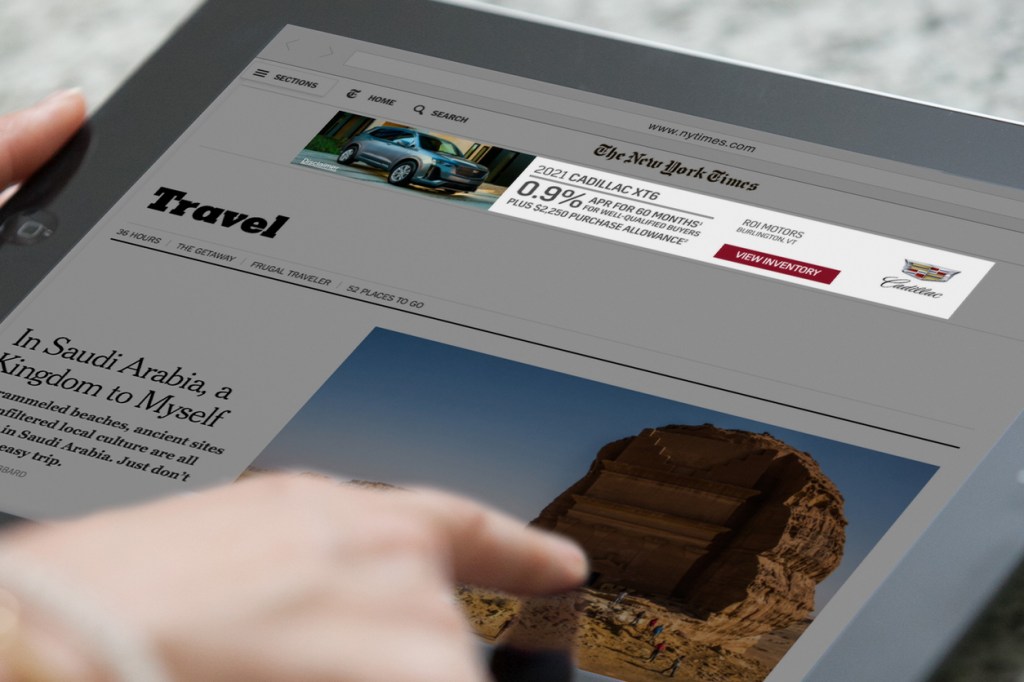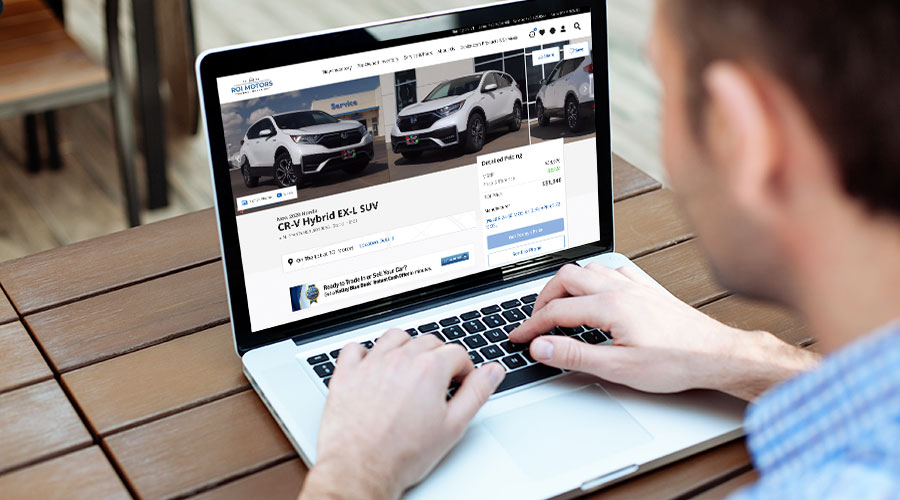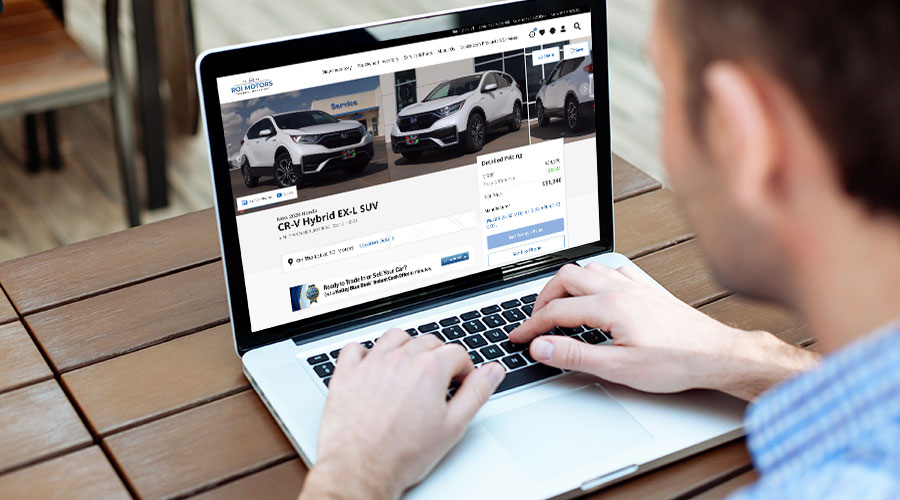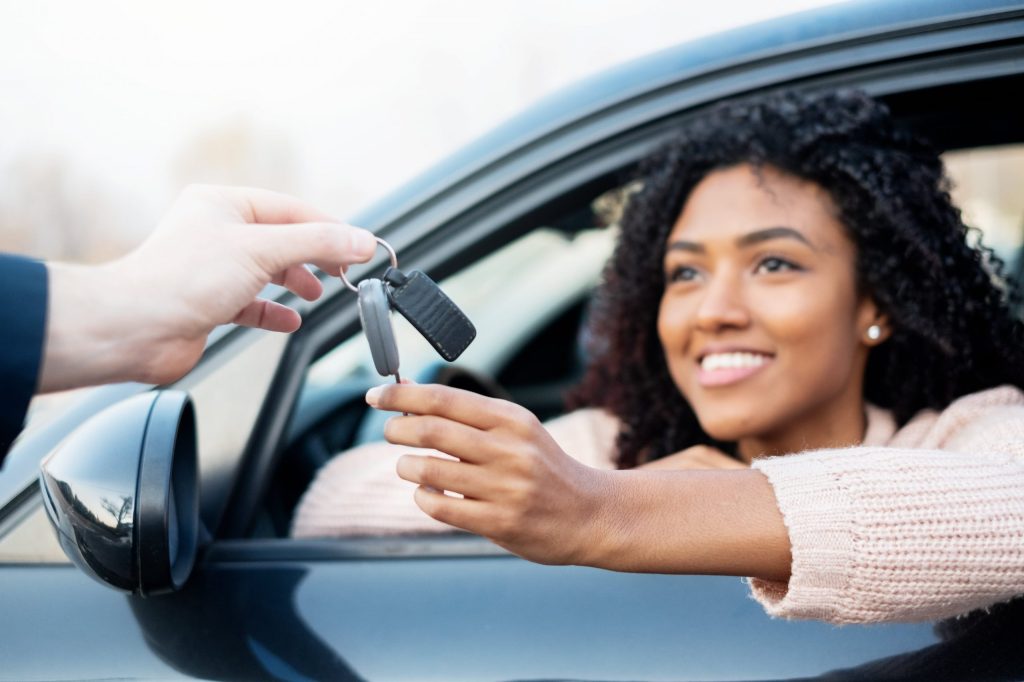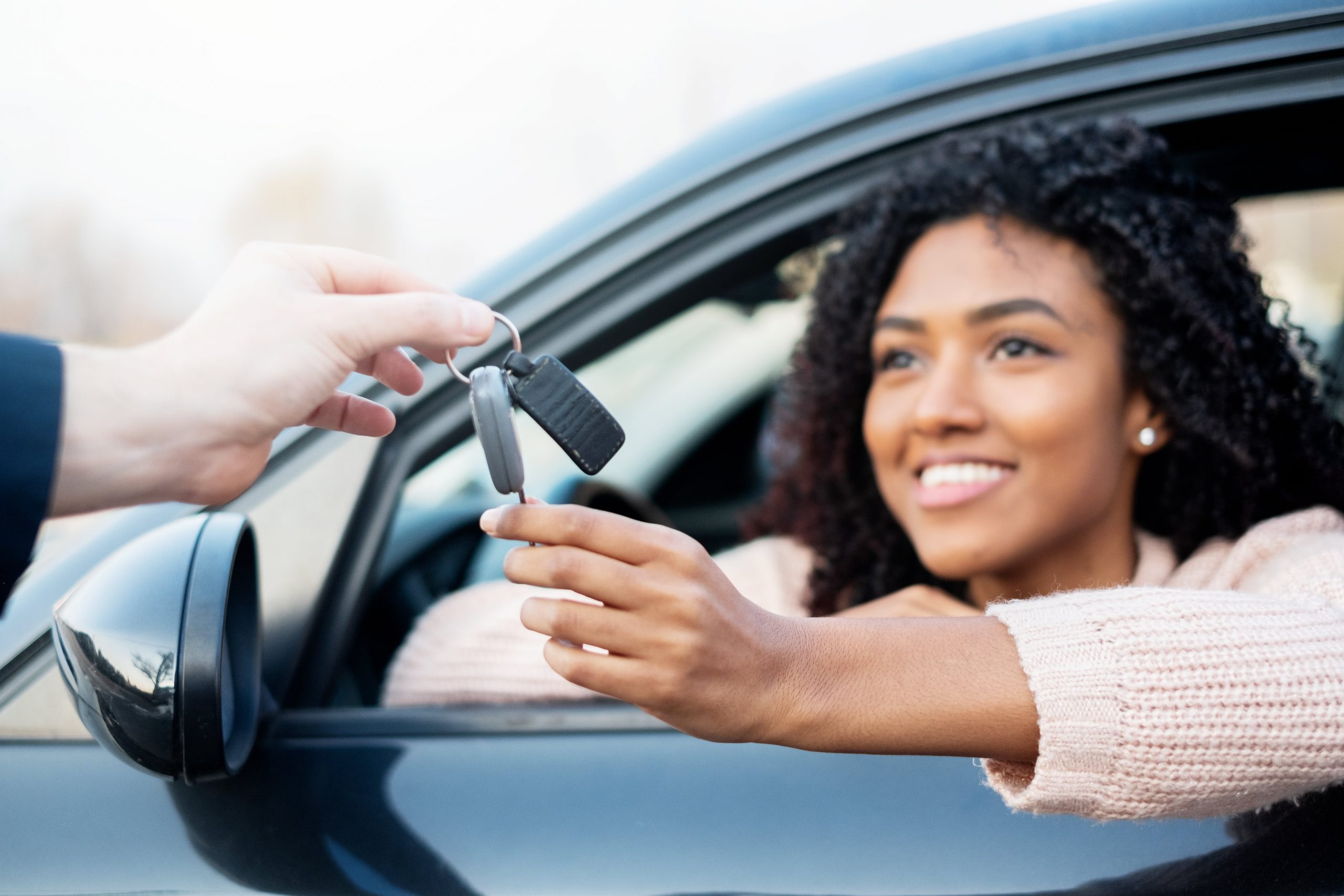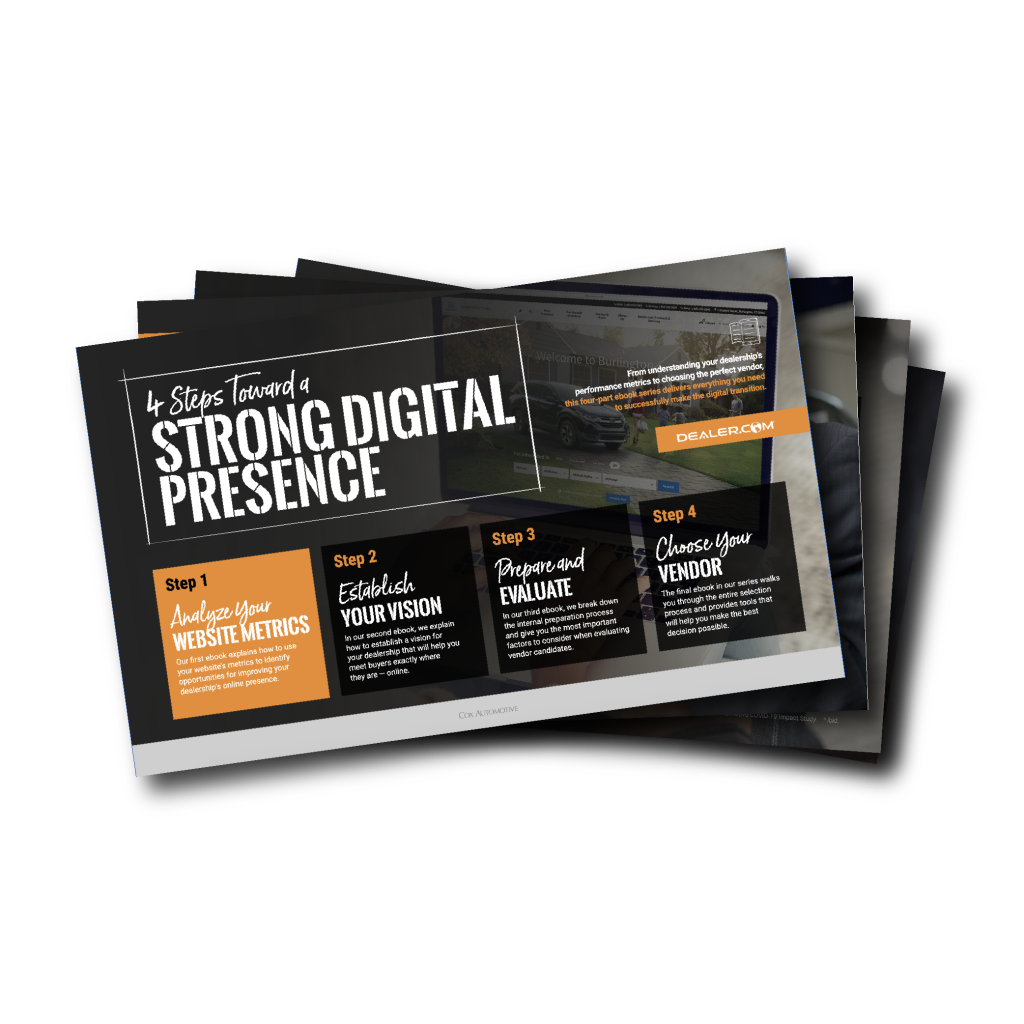By Bob George, AVP Product Management for Dealer.com
More than ever before, consumers in the automotive industry expect a personalized and intuitive digital shopping experience. Whether in market for a new vehicle or service for their current ride, today’s shoppers are looking for ease and efficiency on their path to purchase. And this trend is transforming how dealers meet their customers: online.
While the catalyst and rate of adoption in 2020 caught many off guard, industry insiders have anticipated this happen. This development has been years in the making and building momentum in other industries. Technology leaders like Apple have shown how award-winning design and intuitive user experiences make it easier for users to engage with their products.
For leading digital marketing providers in automotive, these principles are applied as standard practice while developing new tools and services. Increasingly, consumers are choosing to shop online before stepping inside a dealership showroom. This shift is forcing dealers to rely more on their Digital Storefront (e.g. their website) to perform essential functions: attract, engage and transact. User experience data and insights are contributing to the production of digital tools that are easier to use, more appealing to try, and address current consumer pain points.
A personalized experience is a key factor to the success of this effort. In a recent Dealer.com survey of 524 dealerships, all participants measured increases in website visitor engagement following 6 months of adding Experience Optimization, a website personalization tool that uses data and automation to deliver recommended vehicles and specials to shoppers in real-time based on their vehicle preferences. This dealership set also benefitted from a +216% increase in lead form submission rate.
Here, we will review how dealers can benefit from recent technological advancements and meet consumers wherever they are in the shopping or ownership process.
Enabling 1:1 Consumer Experience
While being an early adopter of digital innovation may be helpful in other areas, this inclination isn’t necessary to understand the importance of the consumer experience. At a basic level, consumers want their path to purchase to be simple. This applies to purchases made in the dealership showroom, on the website, and somewhere in between.
To get on the right track, a dealer’s digital marketing provider must have access to vast amounts of consumer data, pulling from multiple sources to build the most complete picture. The value of this data should not be underestimated, as it informs every touchpoint the dealer has with the consumer: from marketing, including email and text, to advertising, such as paid search, display and video, to the website experience, to Digital Retailing, and ultimately to your dealership.
The successful provider must be able to harness data and insights to turn anonymous pixels into repeat customers who will drive lifetime value. At the end of the day, sales to repeat customers will keep the dealership running along.
There are steps a dealer can take to understand the key moment that a consumer is going through, then build a tailored selling plan and proactively overcome any pain points. As mentioned above, data plays an important role throughout this process:
- Use buying signals to identify opportunities
- Automate a personalized offer
- Communicate by preferred channels
- Customize the digital retailing experience, working a deal online and/or offline
Integrating New Digital Tools
The array of options for reaching a consumer have changed dramatically from just 5 years ago, and they continue to evolve at a blistering pace year over year. So, too, have consumer habits changed, including where and how they get their information.
A prime example of this is the growth of digital video advertising. Across industries, digital video budgets are expected to grow 1.8X from 2018 to 2022, reaching $50 billion in 2022. This includes advertising on Connected TV (CTV) – television that’s connected to the internet through a Smart TV, Apple TV, or similar streaming device, and completely separate from cable or satellite. In 2019, viewership of over-the-top (OTT) networks exceeded 170 million, which equates to more than half the US population.
For dealers, access to Targeted Digital Television advertising is just around the corner: CTV and OTT advertising is in pilot now. This product expansion will allow video advertising to be served on TV devices across OTT networks, using household data and consumer buying signals to target shoppers on any device or network.
Another addition to the dealer toolbox that is coming soon is the Personalized Landing Page, which is launching in parallel with VinSolutions’ all-new dealership CRM platform. The aim of this new experience is to help consumers start high level decision-making between buying a new vehicle and servicing their current one. Many readers will have personal experience of clicking on an email offer to access a dealership website, landing on either an inventory listing or just the homepage. Since we know consumers are looking for ease and efficiency, it is best to avoid having them re-enter search criteria or try to re-find the offer that was just presented to them. Using multiple data sources to gather consumer information, the shopper is brought to a personalized landing page which includes the same offer as shown via email.
After landing on this personalized page, the consumer is set up for the Digital Retailing experience, moving into the nuts and bolts of the deal, with the potential to increase dealer profitability.
Supporting Ownership Everywhere
Understanding what matters most to consumers while they shop online is fundamental to the partnership between dealers and digital marketing providers. This shared knowledge, and the all-important consumer data and insights gathered from every corner of the industry, combine to drive the digital innovation that is required for growth.
A shared primary goal for dealers and providers is to drive lifetime customer value by keeping focus across the purchase and ownership lifecycles. Starting from shopping to purchase, from routine and preventative service to fixed operations, and finally back around to buyer consideration, there are countless touchpoints with consumers.
Dealers have the ability to get additional miles out of these consumer touchpoints by using Reputation Management tools. Customer reviews are an increasingly influential factor among car buyers, and dealers need an efficient, easy way to solicit and manage these natural endorsements. Dealers should be taking full advantage of reviews to reinforce their dealership reputation and appeal to new shoppers. Review Generation uses a high-converting SMS-based review request system to engage customers while the transaction is still top of mind, to create a constant stream of reputation-based reviews.
In today’s market, it is critical to enable 1:1 consumer interaction to drive this lifetime value – and the only way to do so effectively is with enhanced digital technology that supports ease and efficiency for consumers.
Visit Dealer.com Websites to learn more about the advantages of delivering a full-service, personalized digital storefront experience for your customers so you can meet them wherever they are in the shopping or ownership process.



